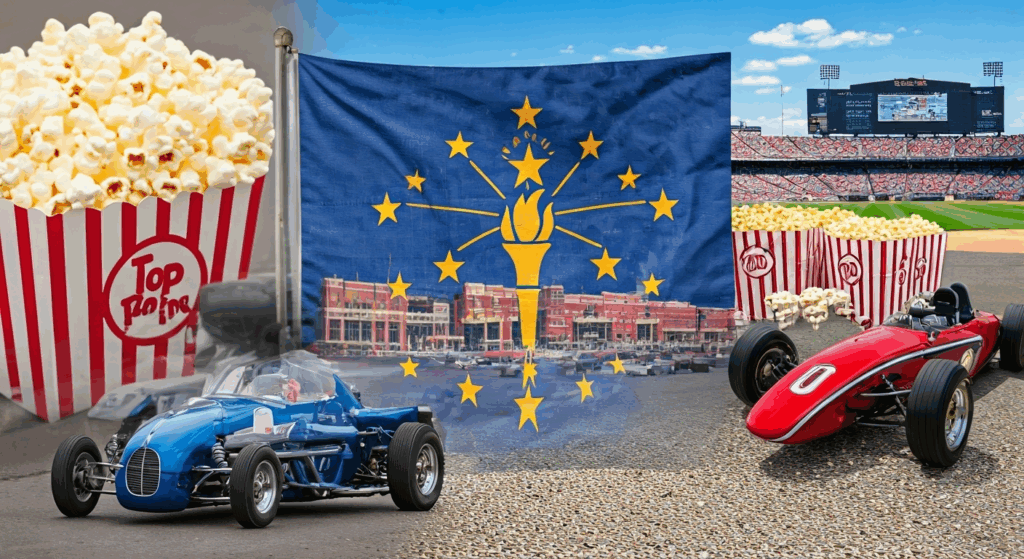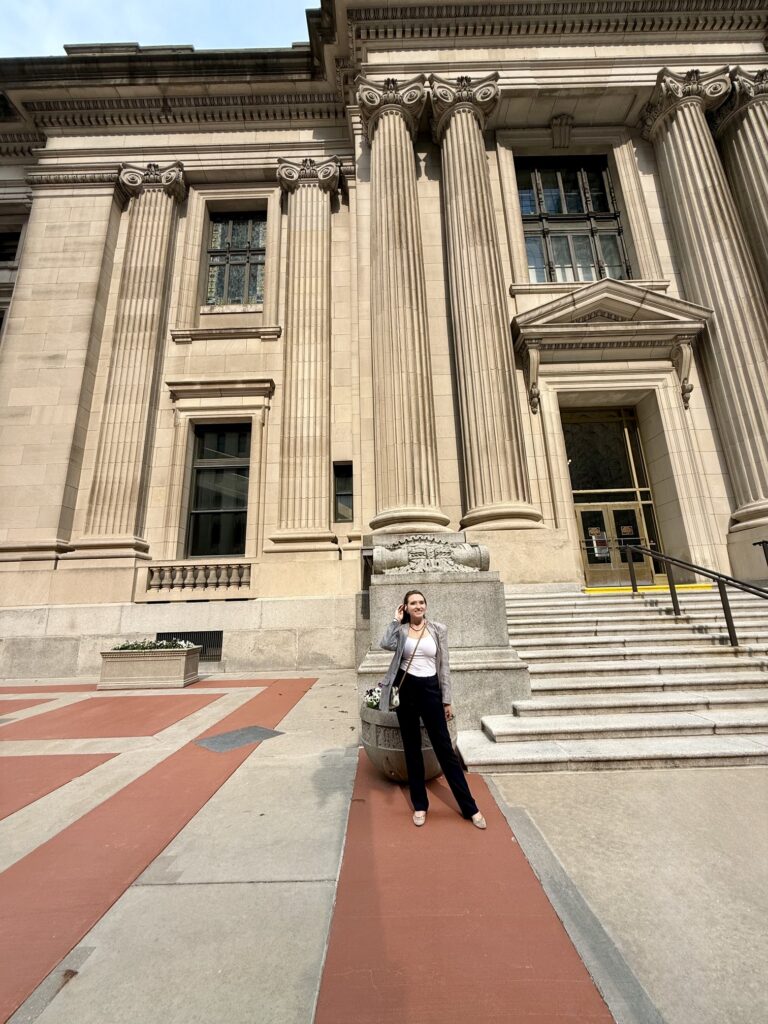Travel Guide to the Painted Monasteries of Bucovina
Ra's Travel Guide to the Painted Monasteries of Bucovina
Venture off the tourist path and discover 15th and 16th-century frescoes; a complete travel guide to the painted monasteries of Bucovina.
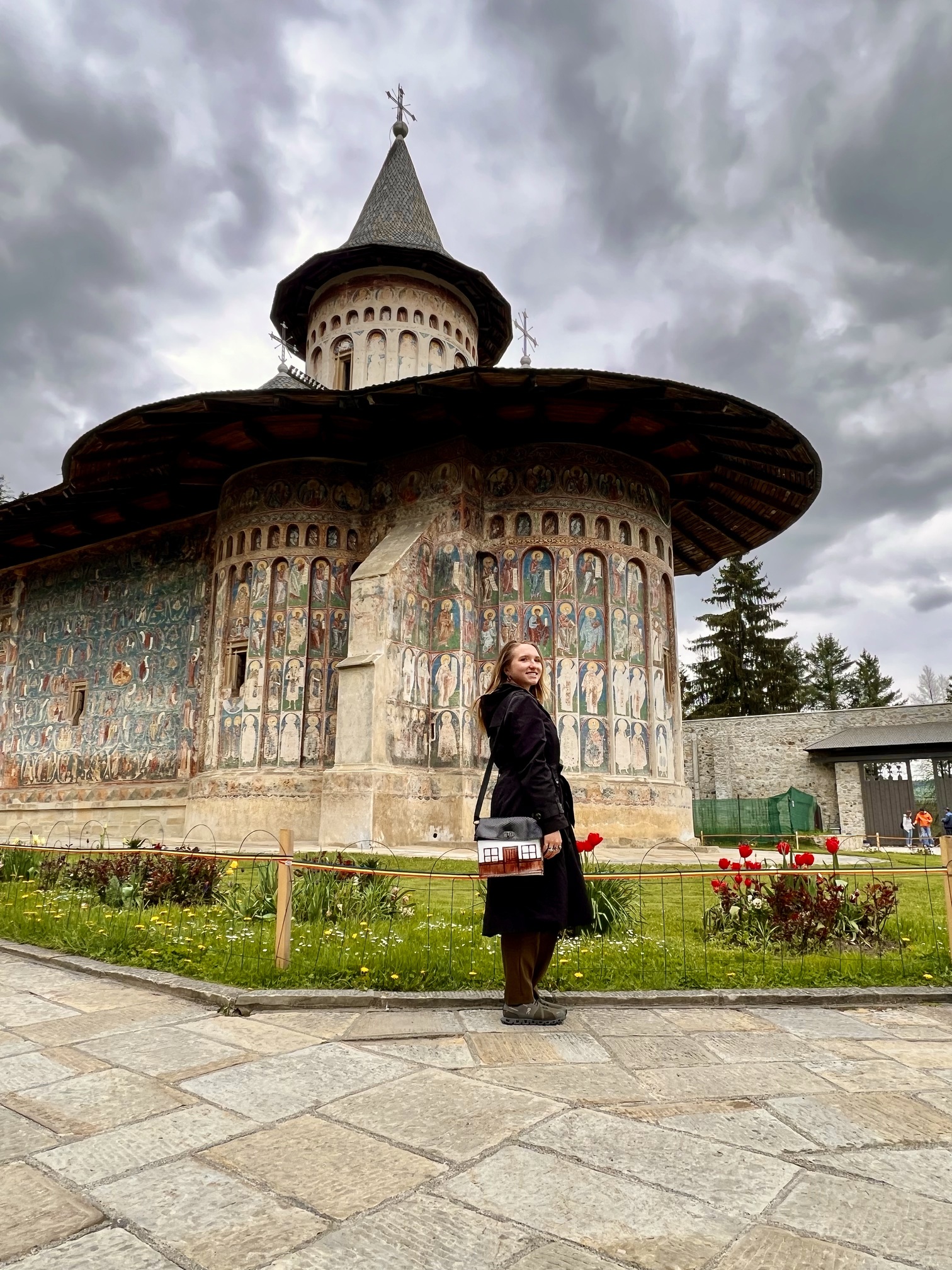
Located in Bucovina, the northeastern region of Romania, are a scattering of painted monasteries. These hidden gems were built in the 15th and 16th centuries by Stephen the Great and Petru Rares, covering both the interiors and exteriors completely in religious frescoes. These Byzantine artworks showcase one-of-a-kind architectural styles in Europe, with 7 declared as UNESCO World Heritage Sites.
During the Middle Ages, when literacy rates were low, frescoes were created to ensure that everyone could understand and participate in religion. They served as visual narratives, educating the masses about biblical stories and teachings. When visiting the monasteries, you may see a nun or a monk walking around, beating a long beam with a mallet. This is called “toaca,” and they're tapping out a call to prayer. The tradition started during the siege of Moldova by the Ottoman Empire when the Turks forbade the ringing of bells.
While Voronet, Moldovita, and Sucevita are the most known and popular with tourists, I highly recommend venturing beyond the beaten tourist path to explore the other monasteries listed below, which deserve as much spotlight as the three.
Visiting the Painted Monasteries of Bucovina: Transportation Options and Travel Tips
The monasteries are open year-round, but the best time to visit is during the warmer months when the colors stand out the most, and the gardens are in bloom. To reach the painted monasteries of Bucovina, I recommend traveling from Iasi or Suceava to ensure the most amount of time for adventure. Both cities have airports, train stations, and bus stations, making it easy to reach the region from other cities in Romania or Moldova. While it is possible to visit three or four of the monasteries in one day, this can feel rushed. For the best experience, I recommend staying two days in Suceava. The painted monasteries are open Monday through Sunday, from 9 AM until 6:30 PM or when the sun goes down in the winter months. These monasteries are active and still hold afternoon mass. Please refrain from entering or taking any pictures during this time to be respectful.
For adventurers, it is possible to reach a few of the monasteries by train or on foot. However, this takes a lot of time and adds stress in coordinating between train times since only a few trains operate through the region in a day. To truly see the monasteries, it is best to either sign up with a tour operator for a single-day or multi-day trip or rent a car and drive yourself. For more information, view my “Day Trip vs Driving It Yourself” section of the article.
When I visited the painted monasteries, I rented a car with a group of friends and took a day trip from Iasi, Romania. While this was fun, we did feel rushed trying to visit as many of the monasteries as we could before the sun went down. We ended up only visiting the four. If I visit again, I would do a three-day trip from Suceava to visit more of the monasteries and stop at a few of the attractions and museums along the way.
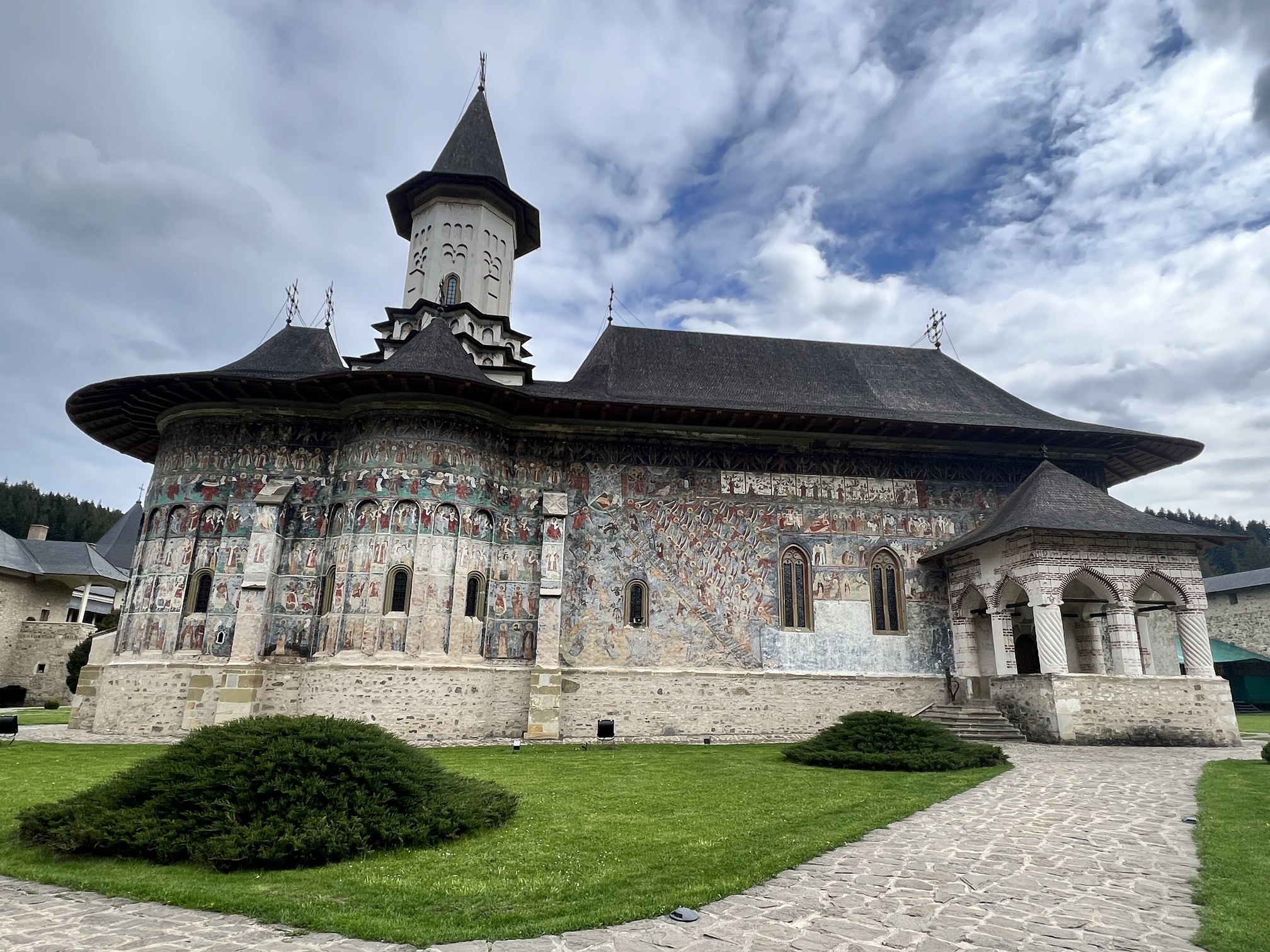
Tour Guide Vs. Driving It Yourself
Depending on your location in Romania, you may have the opportunity to take a guided day trip that covers the most popular or even all of the painted monasteries. This is a convenient option if you lack an international driver’s license, prefer to avoid the hassle of planning your visit, and/or wish to have a guide to delve into the history of the monasteries, especially if you're not proficient in Romanian. Local tour companies based in Iasi or Suceava typically offer these day trips for around 85 euros per person. However, if booked through major tour companies like TripAdvisor, the costs can soar to $150-200 per person. Therefore, thorough research is crucial before committing to a guided tour.
While guided tours have their merits, opting for a self-driven tour is considerably more economical, particularly when traveling with a group and sharing expenses. This approach also grants you the flexibility to decide how much time to spend at each monastery and explore additional attractions along the route, such as the renowned Vama Egg Museum in Bucovina, home to the world record for decorated eggs, mountain viewing points, and more. Personally, I chose the self-driving method for my visit to the painted monasteries, and it proved to be a fantastic experience.
A crucial tip: There are limited gas stations along the route! If you choose to drive yourself, ensure you have a full tank before starting your journey.
Explore the Painted Monasteries of Bucovina
Arbore Monastery
One of the smaller of Bucovina’s monasteries is located in the village of Arbore. The monastery was founded in 1503 by Luca Arbore, the advisor to Stephen the Great. It wasn’t painted until the 16th century by Dragos Coman, one of the most prominent mural painters in Romania. Arbore Monastery is most known for the Genesis mural on the western wall and for being the only church in the region with no belfry towers since a prince did not found it.
Balinesti Monastery
Built by Stephen the Great and the chancellor of Moldavia, Ion Tautu, in 1499, this is a hidden gem in Bucovina’s painted monasteries. It has a unique architecture with Gothic elements, differing from any others in the region. With frescoes on the inside and the outside, it is worth a stop.
Dragomirna Monastery
The largest medieval monastery of all the painted monasteries in Bucovina. Built by the ruler Miron Barnovschi Movila in 1627, it is known for its unique Orthodox architecture and designs in stone. Within the monastery are several chapels and a museum for you to explore in addition to the hundreds of frescoes.
Humor Monastery
Located near Gura Humorului, this monastery was built in 1530 and is one of the most known buildings from the Romanian Middle Ages. It was founded by Toader Bubuioga, a big chancellor, and member of the Moldavia Council, and his wife Anastasia. The current monastery was built upon the ruins of a previous monastery from the time of Alexandru cel Bun (1400-1432). The monastery is most known for the Return of the Prodigal Son one with the depiction of the devil as a woman and is one of the five monasteries with frescoes on the inside and the outside.
Moldovita Monastery
The most iconic and most photographed of all Bucovina’s painted monasteries. Also known as “Buna Vestire,” the monastery was founded in 1532 by Petru Rares. This monastery is one of the five with the interior and exterior walls completely covered in frescoes. It is most known for the Siege of Constantinople and Tree of Jesse, representing Christ's genealogy, frescoes. A little history about the Siege of Constantinople frescoes: they were inspired by a poem dedicated to the Virgin Mary to thank her for saving the city of Constantinople from a Persian attack in A.D. 626 and depicts the enemy as the Turks rather than Persians.
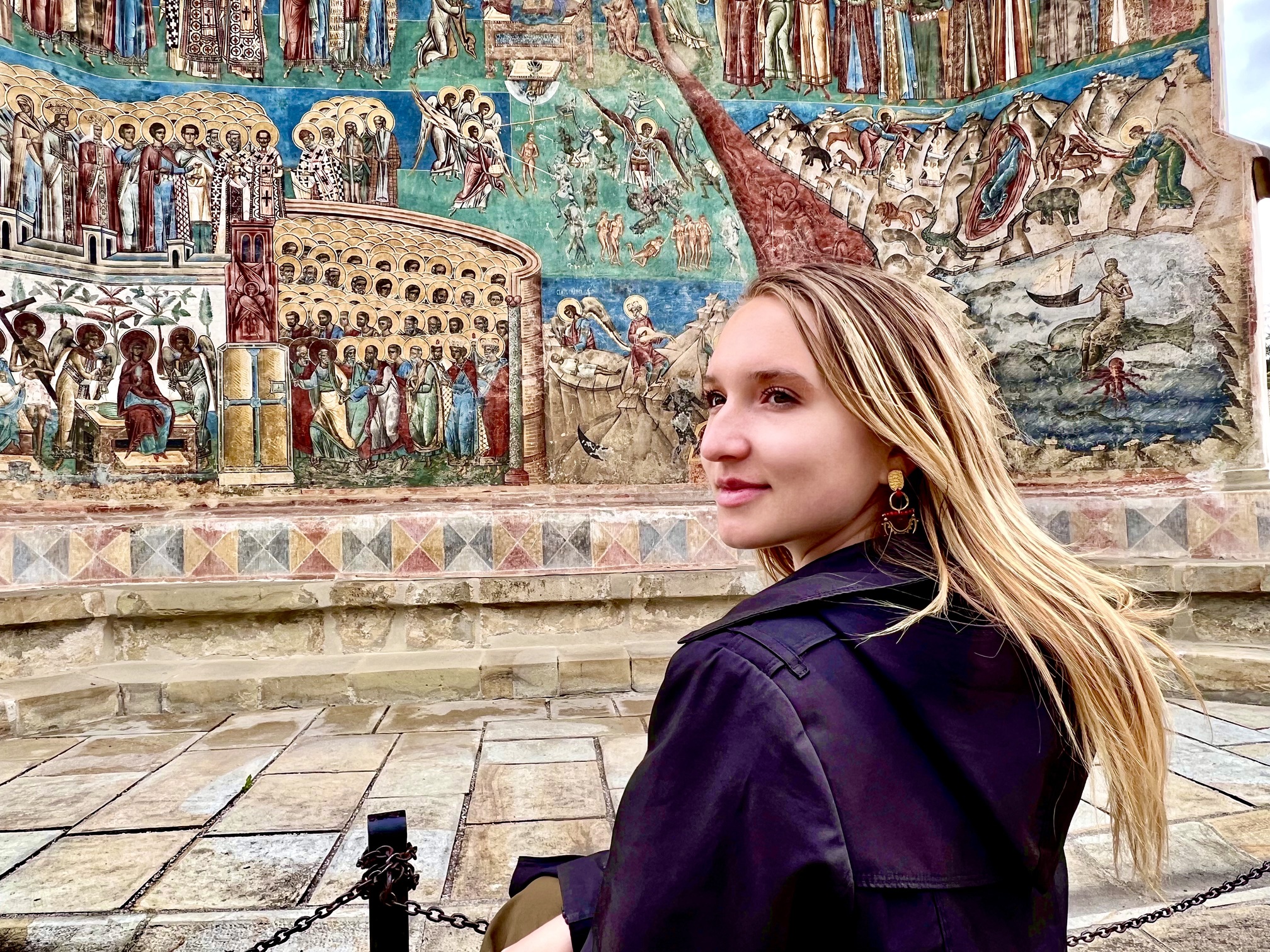
Patrauti Church
The oldest surviving religious site was founded by Stephen the Great and the oldest original interior paintings. Built-in 1487, it was a nunnery with the strategic location of being close to Suceava, where his injured soldiers could receive medical treatments after battle. In 1775, the monastery turned into a parish church after Bucovina was annexed to the Habsburg Empire.
Probota Monastery
This monastery was built by Petru Rares in 1530 and would become the first monastery in Moldavia to add frescoes to the exterior of the monastery. Many of the murals were replaced in the 19th century to be what they are today.
Putna Monastery
The first monastery was built by Stephen the Great in 1469, which would eventually become the location of Saint Stephen the Great’s tomb. One of the focal points of the monastery is the miracle-making icon of God’s Mother, brought in the year 1472 from Constantinople by Lady Maria de Mangop, Stephen the Great’s wife. While it has not been painted since being burned down by the Cossacks in 1653, it is an incredibly important Orthodox pilgrimage site.
Rasca Monastery
Covered in both interior and exterior paintings, the monastery was built by Petru Rares in 1542 during his second term ruling. It was meant for the monks of the old monastery Bogdanesti, 1363, which was robbed and destroyed by the Tartars in 1510 and then by the Turks in 1538. It's most known for the painting of the Ladder of Virtues. This would become the model for the famous frescoes in the Sucevita Monastery.
Sfantul Ioan cel Nou Monastery
Between 1514 and 1552, the monastery was commissioned by Bogdan the 3rd and his son, Stefanita Voda. It was to be the Metropolitan Church of Moldavia during its time. Today, it is still a focal point in the region as it is now the seat of the Archbishop of Suceava and Radauti. Inside are the relics of Saint Ioan cel Nou which were brought by Alexandru cel Bun to the Mirauti church and then to this monastery by the Vaivode Petru Schiopul in 1589. The frescoes and design are similar to Moldovita and Humor and contain frescoes of the New and Old Testament.
Slatina Monastery
This monastery was the first of Alexandru Lapusneanu’s establishments. While the foundation and history of the monastery are not known, the legend is a hermit who lived here advised the ruler Lapusneanu to build a monastery on the place where a maple grew. The monastery exhibits Transylvanian Renaissance architecture with the walls made out of river rocks. A trip to this monastery is truly off the beaten tourist path.
Sucevita Monastery
Also known as the Church of Resurrection, the monastery was built between 1584-1586. It was the last of the monasteries and churches to be painted in the Bucovina region and has the most preserved frescoes. It has the most images with famous scenes, including the Ladder to Paradise, Tree of Jesse, Hymn to the Virgin, and Moses' Life. Within the fortress is a museum containing a collection of historical and art collections.
Voronet Monastery
In 1488, Stephen the Great built this monastery in just four months. It is famous for its exterior paintings dominated by its unique blue, also known as "Voronet blue,” and its famous Last Judgment piece, which earned it the title of “the Sistine Chapel of the East.” Additionally, portraits of ancient Greek philosophers, such as Aristotle and Plato, are featured in the Tree of Jesus fresco. Today, you can visit to view the magnificent work of art, learn about its history, and attend painting workshops hosted by the nuns.
Tips for Maximizing your Visit to The Painted Monasteries of Bucovina
- No gas stations along the way. Ensure you have a full tank of gas before you start!
- The weather in Romania can be unpredictable. Be sure to check the weather in advance, as it is better not to visit the painted monasteries during rain or snow.
- Men need to wear pants that cover the knees and shirts with sleeves. For women, skirts that go beyond the knee and shirts with modest sleeves are required. While some monasteries might accept pants for women, it’s generally advisable to opt for a skirt or dress. Additionally, bring a scarf to cover the head when inside the monastery.
A journey to the painted monasteries of Bucovina unveils a rich tapestry of history, art, and spirituality. Steeped in the vibrant hues of 15th and 16th-century frescoes, these hidden gems offer a unique glimpse into Romania's cultural heritage. Whether you choose a guided tour or prefer the freedom of driving yourself, the awe-inspiring beauty of Voronet, Moldovita, and Sucevita, along with lesser-known treasures like Arbore, Dragomirna, and Slatina, promise an unforgettable experience. As you navigate the winding roads and explore the profound narratives depicted on monastery walls, this travel guide serves as your companion, ensuring a fulfilling and immersive journey through the painted monasteries of Bucovina.
Travel Tip
Romania is still primarily a cash-based economy, so make sure you always have Romanian lei available.
My Playlist for the Painted Monasteries of Bucovina
"Troparul Botezului Domnului" (Troparion of the Baptism of the Lord) - Verse 1
"Axion Estin" (It is Truly Meet) - Verse 1
"Troparul Invierii" (Troparion of the Resurrection) - Verse 1
"Nunta Zamfirei" (The Fairy Zamfira's Wedding) - Traditional Ecclesiastical Chant
"Cantarea Sfintei Cruci" (The Hymn to the Holy Cross) - Verse 1
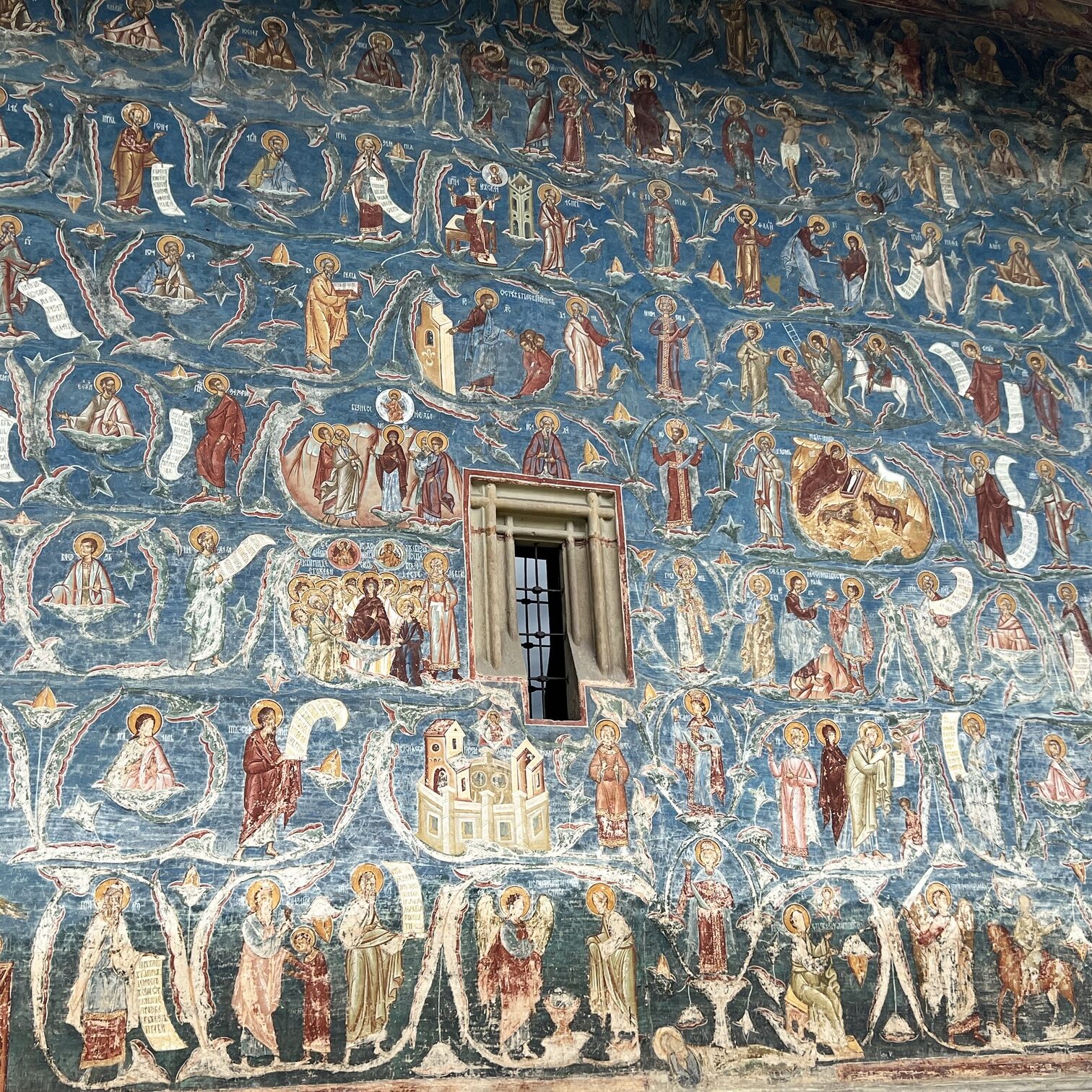
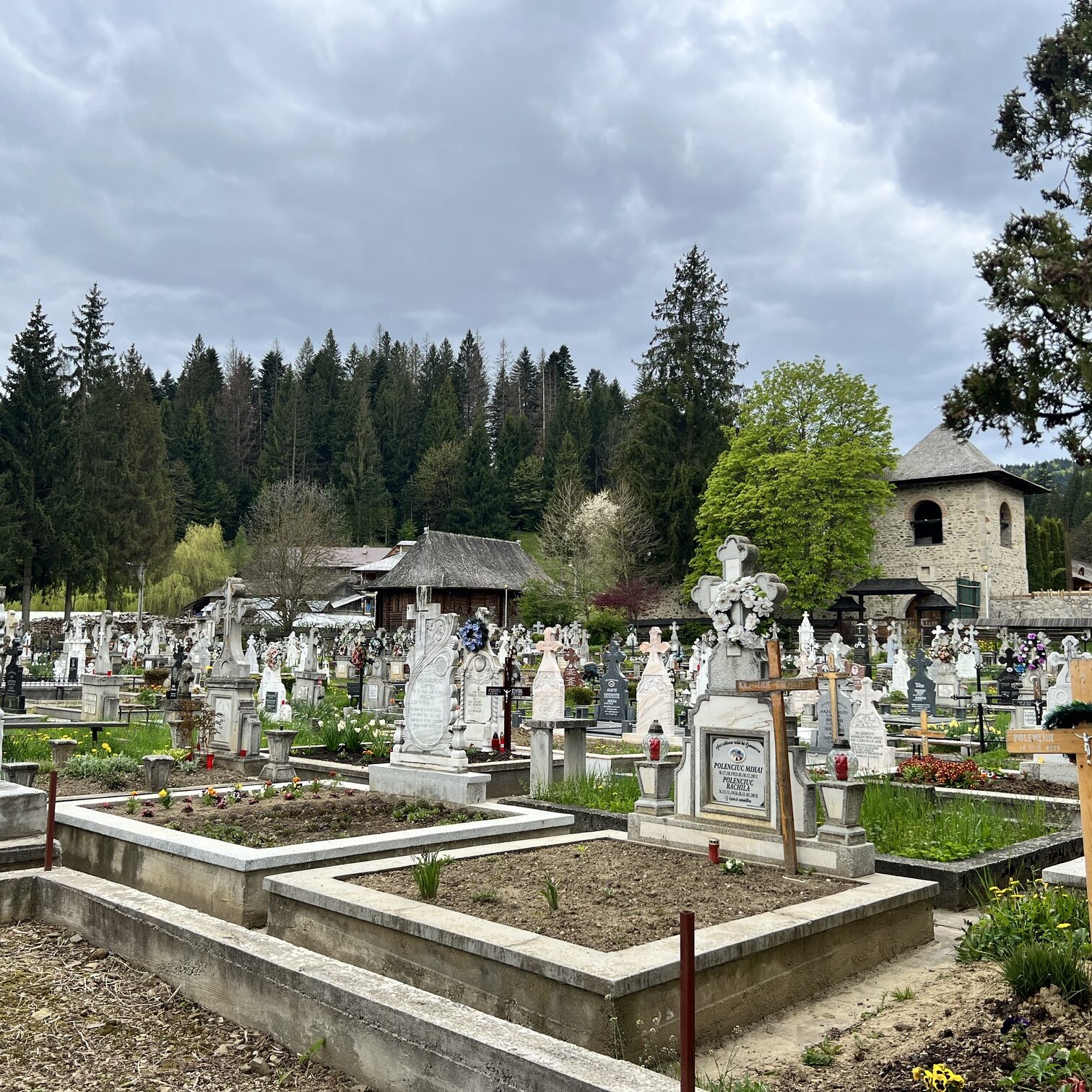
Recommended Reads
Best Places to Visit in Pennsylvania: Adventure Awaits!
Best Places to Visit in Pennsylvania- Key Highlights With Pennsylvania’s rich variety, there’s something for everyone, from…
10 Interesting Facts About Indiana You Didn’t Know
Key Highlights- Interesting Facts About Indiana Introduction Indiana, particularly northern Indiana, is often called the “Hoosier State.”…
Best Places to Visit in Indiana: Top 10 for Travelers
Key Highlights- Best Places to Visit in Indiana Introduction Indiana is a place where you can find…


